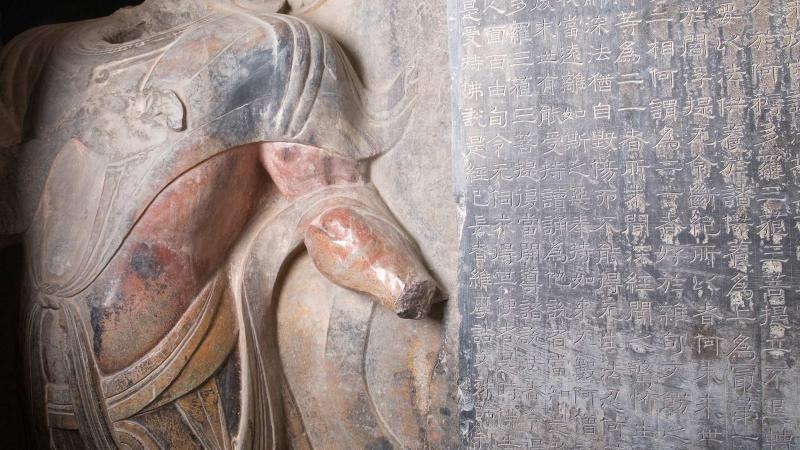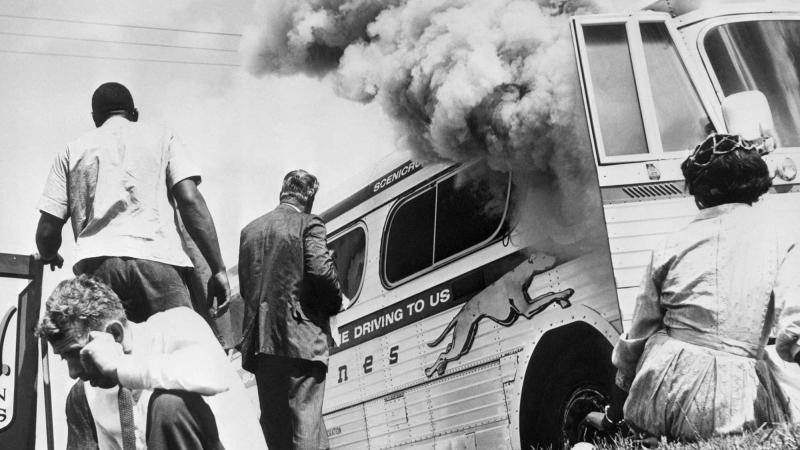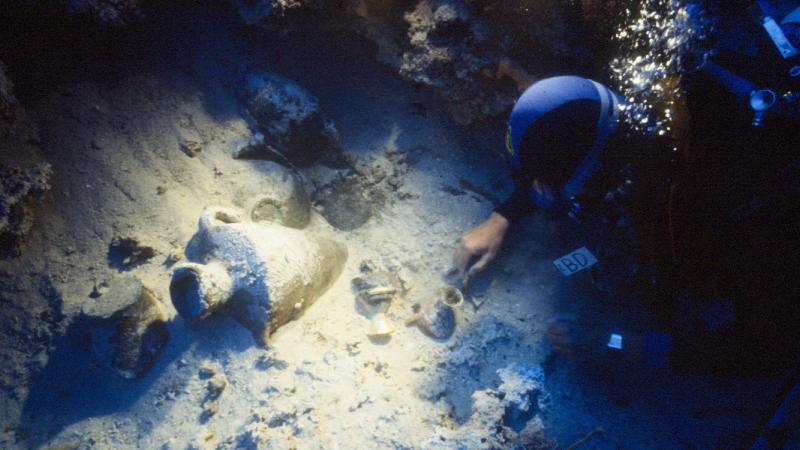The Library of Congress (LOC) took stock of the nation’s film heritage in 1993. Surveying Hollywood studios and institutional archives, it found that more than 80 percent of the nearly 11,000 silent features produced in the United States before 1930 had been irretrievably lost, and perhaps even a greater portion of the era’s shorts, newsreels, ads, independent films, and documentaries.
Some of these films were destroyed intentionally by the studios that made them (there was little financial incentive to store “last year’s pictures” before the advent of television); others succumbed to the chemical frailty of their nitrate film, which deteriorates quickly and becomes highly flammable.
Among the lost: Several early Academy Award winners, more than half of Will Rogers’s oeuvre, and all but two of Theda (“the Vamp”) Bara’s films, not to mention countless smaller productions executed within and outside of Hollywood. Today, one can only imagine what glimpses of American culture and society the earliest corporate shorts or home movies, for example, once offered.
Dispiriting as LOC’s findings were, they also spurred Congress to establish the National Film Preservation Foundation, a San Francisco–based nonprofit that over the last 18 years has worked with archives across the country and internationally to save and make available the remnants of early cinema.
The foundation’s efforts, funded with $1,115,000 from NEH, have resulted in an award-winning series of DVDs titled Treasures from American Film Archives. The six Treasures installments so far released include more than 200 preserved films, new musical scores written by contemporary composers, and scholarly catalogs. The first “talkie” (which was filmed at Thomas Edison’s lab in 1894) is there, as are scenes of the rural South shot by novelist and anthropologist Zora Neale Hurston, a 10-minute ad for Del Monte fruit, and footage of emigrants arriving at Ellis Island in 1903.
Commercial preservation programs are usually run by the studios themselves and focus largely on saving motion pictures with the potential to generate fresh revenue. But the NFPF and its partners are taking on the equally important task of ensuring that the nation’s “orphan films”—those without copyright holders or a commercial audience—are not left to rot in their archives, but remain to enrich our understanding of the art and history of filmmaking.
As Martin Scorsese, one of Hollywood’s most vocal film preservation advocates, said in his 2013 Jefferson Lecture, archaeological discoveries often come from items once considered refuse. “But in order to experience something and find new values in it,” he said, “it has to be there in the first place—you have to preserve it. All of it.”
Written by James Williford, a writer in Washington, D.C.


